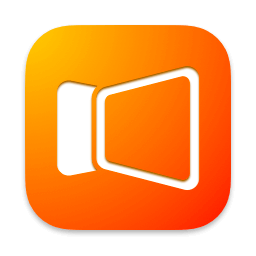

Once you setup your screens, you can use Looks to change what content each Screen shows. Similarly, depending on what type fo Output you are using, you may be able to change some of these options, such as its Name. Click the dropdown menu under Output to select which device and resolution you will be sending the signal to.īelow the dropdown, it will show information about the Output which information is shown depends on what type of Output you have selected, but it may have information such as Name and Resolution. The Hardware tab in the Configuration window is where you'll be able to set your device and resolution you're using to send the Screen signal to.

More information on this is available in the KnowledgeBase here.

Click on a box to select it to control its properties. Each mirrored Output will be shown as a separate box in the center of the window.
#PROPRESENTER 7 MANUAL MAC#
This includes any system connected outputs, virtual NDI outputs, SDI outputs (provided SDI hardware is connected), Syphon outputs (on Mac only) and Placeholder options.
#PROPRESENTER 7 MANUAL PLUS#
Hitting the plus sign under either screen type allows you to see the various output options available to send your content to. We have moved all of our configuration tools to the menu bar under the heading “Screens.” You will now open “Configure Screens” to set up your outputs.įrom this new configuration window, you’ll see some new terms: Audience now refers to all crowd-facing screens and stage refers to screens typically seen by those on stage or producing the program. The same goes for HD-SDI and Edge Blending (both previously were add-on purchased modules). The first thing you may notice is that the Display section of preferences is no longer present. The added multi-display functionality in the program means that terminology and processes will be slightly different than previous versions of ProPresenter.

Setting up your screens/outputs in the all-new ProPresenter is different from previous versions.


 0 kommentar(er)
0 kommentar(er)
